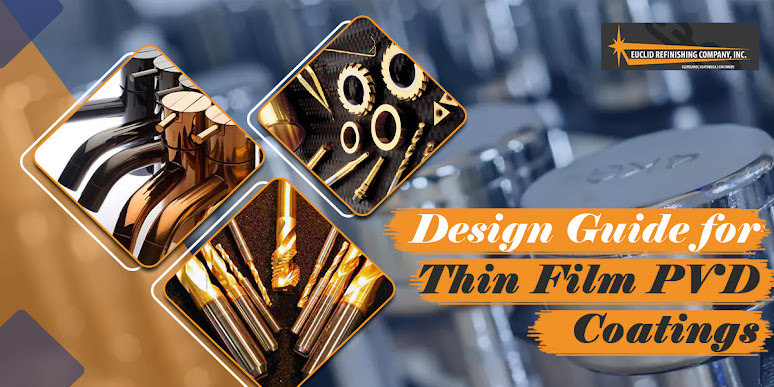Unveiling the Distinctions: Fluoropolymer Coating vs. PTFE Coating
In the realm of industrial coatings, the choice between fluoropolymer coating and PTFE coating holds significant implications for performance, durability, and cost-effectiveness. These coatings are often used interchangeably, leading to confusion among professionals and enthusiasts alike. In this comprehensive guide, we delve into the nuanced differences between fluoropolymer and PTFE coatings, shedding light on their unique characteristics, applications, and advantages.
Understanding Fluoropolymer Coating
Fluoropolymer coatings are a broad category of coatings known for their exceptional non-stick properties, resistance to chemicals, and high-temperature stability. These coatings are derived from polymers containing fluorine atoms, with polytetrafluoroethylene (PTFE) being one of the most renowned members of this family.
Key Features of Fluoropolymer Coatings
Chemical Inertness: Fluoropolymers exhibit remarkable resistance to chemicals, making them ideal for applications in aggressive industrial environments.
Non-stick Properties: The low surface energy of fluoropolymers imparts non-stick characteristics, preventing the adhesion of substances and facilitating easy cleaning.
Temperature Resistance: Fluoropolymer coatings can withstand high temperatures without compromising their structural integrity, ensuring durability in extreme conditions.
Also read for, Applications of Dry Film Lubricants
Unraveling the Mysteries of PTFE Coating
While PTFE is a type of fluoropolymer, it deserves its own spotlight due to its widespread use and distinctive properties.
Distinctive Traits of PTFE Coating
Low Friction Coefficient: PTFE boasts an exceptionally low coefficient of friction, making it an excellent choice for applications where reduced friction is critical.
Dielectric Properties: The electrical insulating properties of PTFE make it indispensable in the manufacturing of components for the electronics industry.
Biocompatibility: PTFE's biocompatibility makes it suitable for various medical applications, including prosthetics and medical device coatings.
Deciphering the Differences
Application-specific Considerations
Industrial Machinery: Fluoropolymer coatings find prominence in industrial machinery due to their chemical resistance and non-stick properties, while PTFE coatings excel in applications demanding low friction and dielectric properties.
Cookware Manufacturing: In the culinary world, the non-stick prowess of both coatings is leveraged. However, PTFE-coated cookware is renowned for its low friction, making it a preferred choice in certain culinary applications.
Performance in Harsh Environments
Fluoropolymer coatings outshine PTFE coatings in environments with aggressive chemicals, ensuring prolonged protection against corrosion and degradation. Conversely, PTFE's low friction makes it more suitable for applications where reduced friction is paramount.
Cost Considerations
When it comes to budget considerations, fluoropolymer coatings are generally more expensive due to their diverse range of properties. PTFE coatings, while still exhibiting outstanding performance, may be a more cost-effective choice in certain applications.
Conclusion: Making an Informed Decision
In conclusion, the choice between fluoropolymer coating and PTFE coating hinges on a thorough understanding of the specific requirements of the application at hand. While both coatings share common traits, their nuanced differences can significantly impact performance and longevity.
For exceptional PTFE coating services and top-tier fluoropolymer coating, look no further than Euclid Refinishing. With a commitment to excellence and a legacy of delivering industry-leading coatings, Euclid Refinishing stands as your trusted partner.
To explore how Euclid Refinishing INC can elevate your coating experience, contact us at +1-(440)-275-3356.
ORIGINAL SOURCE, https://bit.ly/3wzIUSK



Comments
Post a Comment